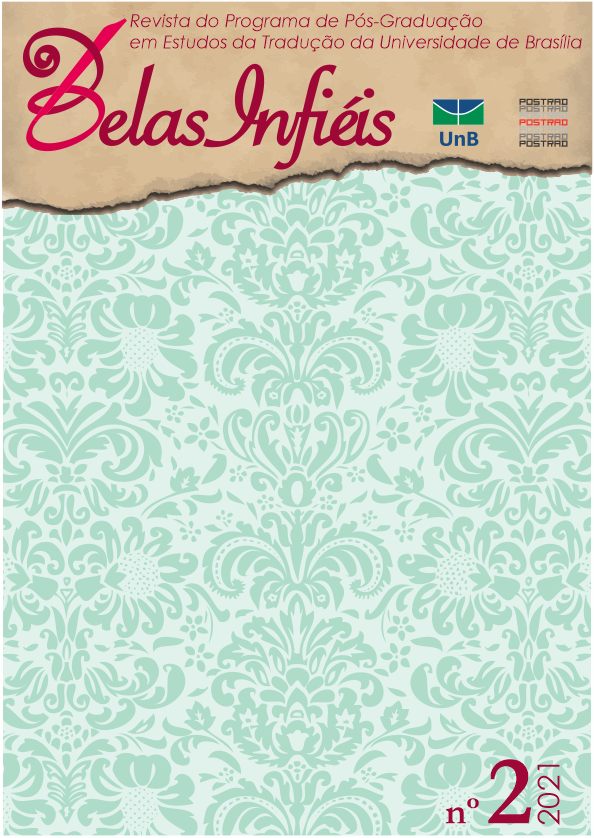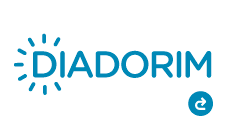About the Possible Translator’s Identities: Some “Bridges” of Question
DOI:
https://doi.org/10.26512/belasinfieis.v10.n2.2021.32915Keywords:
Identity. Translator. Bridge. Subjectivity. Representation.Abstract
The present article aims to analyze contradictory aspects related to the configuration of the translator’s identity from a corpus obtained by the answers of the students from the Bachelor’s Degree in Languages with Major in Translation course, from São Paulo State University (Unesp), campus of São José do Rio Preto, to a questionnaire that was applied to them in a recent research. Therefore, in order to treat about concepts related to the problematics of identity, this study is based on the works of Hall (2000) and Coracini (2007), in which, under different perspectives, the authors approach the subjective changes resulting from the processes of identity transformations. In the specific field of Translation Studies, it is made a reference to the researches of Rodrigues (2012), in which the author sketches an overview, from the ancient times to nowadays, of diverse translation approaches, pointing out the different theoretical conceptions underlying to such approaches and their implications to the translation practice and to the identity constitution of the translator. Also, to discourse about the identity issue in the field of Translation Studies, it is taken as basis the studies of Arrojo (1986) and Darin (2010), in which the authors treat the images attributed to the translator. In relation to the representation concept, the starting points are the writings of Moscovici (2003), Silva (2012) and Hall (2016). From the analytical point of view, part of the corpus elaborated based on the answers to the questionnaires mentioned above was analyzed and some considerations about the course to which this research is linked were made.
Downloads
References
Arrojo, R. (1986). Oficina de tradução: a teoria na prática. Editora Ática.
Aulete, C. Dicionário online. Lexikon Editora Digital. http://www.aulete.com.br/index.php
Baker, M. (1992). In other words: a coursebook on translation. Routledge.
Catford, J. C. (1965). A linguistic theory of translation: an essay in applied linguistics. Oxford University Press.
Coracini, M. J. (2007). A celebração do outro: arquivo, memória e identidade – línguas (materna e estrangeira), plurilinguismo e tradução. Mercado de Letras.
Darin, L. (2010). O impacto social das imagens e representações do tradutor na construção e transformação de sua identidade. TradTerm, 16, 67-95.
Derrida, J. (1991). A farmácia de Platão (R. da Costa, Trad.). Iluminuras. [Tradução de: La pharmacie de Platon, 1972]
Derrida, J. (1996). Le monolinguisme de l’autre. Galilée.
Hall, S. (2000). A identidade cultural na pós-modernidade (T. T. da Silva & G. L. Louro, Trad.). DP&A Editora. [Tradução de: The question of cultural identity, 1992]
Hall, S. (2016). Cultura e representação (D. Miranda & W. Oliveira, Trad.). Ed. PUC-Rio. [Tradução de: Representation, 2013]
Kristeva, J. (1988). Etrangers à nous-mêmes. Gallimard.
Lacan, J. (1998). Escritos (V. Ribeiro, Trad.). Jorge Zahar. [Tradução de: Écrits, 1966]
Lages, S. (1992). O tradutor e a melancolia. Trabalhos em Linguística Aplicada. Unicamp/IEL, (19), 91-98.
Moscovici, S. (2003). Representações Sociais: investigações em psicologia social (P. A. Guareschi, Trad.). Editora Vozes. [Tradução de: Social Representations – Explorations in Social Psychology, 2000]
Nida, E. (1964). Toward a science of translating. E.J. Brill.
Nida, E., & Taber, C. R. (1982). The theory and practice of translation (2. ed.). E. J. Brill.
Paiva, V. L. M. de O. e. (2019). Manual de pesquisa em estudos linguísticos (1. ed.). Parábola.
Rodrigues, C. C. (2012). Estudos da tradução. In A. V. Gonçalves & M. L. Sousa (Org.) Ciências da linguagem: o fazer científico? (pp. 349-379). Mercado de Letras.
Silva, T. T. (2012). A produção social da identidade e da diferença. In T. T. da Silva, (Org.) Identidade e diferença: a perspectiva dos estudos culturais (pp. 73-102). Vozes.
Yin, R. K. (2001). Estudo de caso: planejamento e métodos (2. ed., D. Grassi, Trad.). Bookman. [Tradução de: Case study research: design and methods, 1994]
Downloads
Published
How to Cite
Issue
Section
License
Copyright (c) 2021 CC BY

This work is licensed under a Creative Commons Attribution 4.0 International License.
Given the public access to this journal, the texts are free to use but requires the recognition of the original authorship and initial publication in this journal to be properly stated.
 The journal allows the use of works published for non-commercial purposes, including the right to submit the work to publicly accessible databases. Published contributions are the sole and exclusive responsibility of the author(s).Â



















